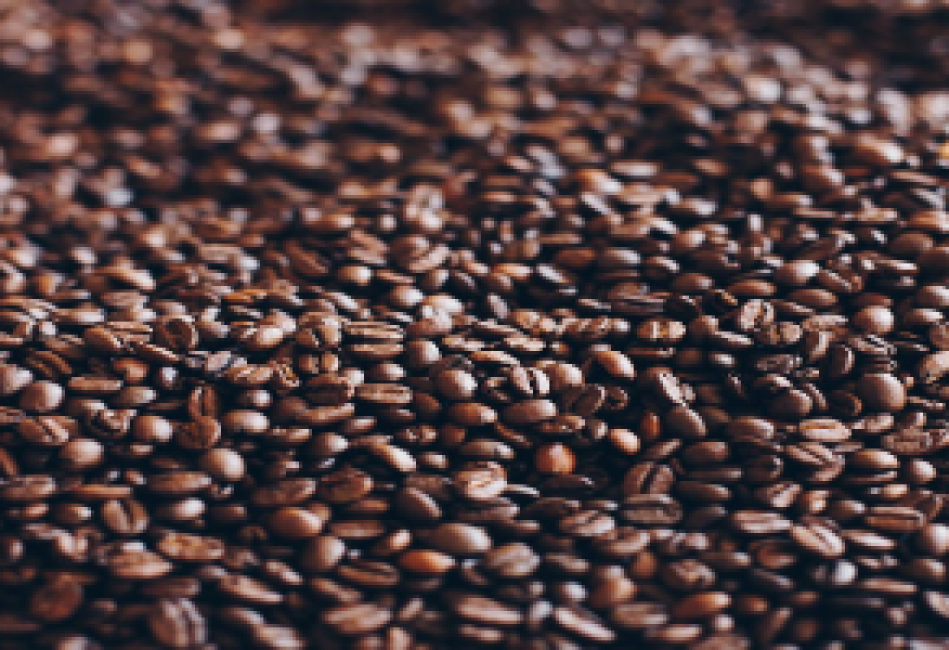This article explains the multifaceted world of coffee beans. It examines their various types, roasting methods, grind sizes, flavor profiles, and brewing techniques.
By adopting an academic style that is objective and impersonal, this introduction aims to provide a knowledgeable overview of the subject matter without relying on personal pronouns. Through descriptive and passionate writing, readers will gain a comprehensive understanding of the intricate nuances involved in savoring the flavor of coffee beans.
Different Types of Coffee Beans
Various varieties of coffee beans exist, each with distinct characteristics and flavors. Coffee bean origins play a crucial role in determining the flavor profile of the coffee.
Arabica beans, originating from Ethiopia, are known for their delicate aroma, mild acidity, and complex flavors that range from fruity to floral. On the other hand, Robusta beans, primarily grown in Africa and Southeast Asia, have a stronger taste profile with higher caffeine content and a more bitter taste compared to Arabica.
To create the best coffee bean blends, roasters often combine different types of beans to achieve a balance of flavors and enhance certain qualities. This blending process allows for unique combinations that can cater to various palates and preferences.
The skillful selection and combination of coffee beans contribute to the diverse range of coffees available today.
The Art of Roasting Beans
Roasting beans is a meticulous process that involves applying heat to raw coffee seeds, resulting in the transformation of their chemical composition and the development of distinct flavors and aromas.
The art of roasting encompasses various techniques that have evolved, each contributing to the final product’s taste profile. Roasters carefully manipulate factors such as temperature, duration, and airflow to achieve desired outcomes. These techniques can range from light roasts that showcase the bean’s original characteristics to dark roasts where bold flavors dominate.
Additionally, the origin of coffee beans plays a crucial role in determining how they should be roasted. Different regions produce beans with unique attributes, which require specific approaches during roasting to unlock their full potential.
Understanding Coffee Bean Grinds
Grinding coffee beans to different consistencies is a fundamental step in the brewing process, as it directly affects the extraction and flavor profile of the resulting beverage. The size of the grind particles determines the surface area exposed to water during brewing, influencing factors such as brew time and extraction rate.
To achieve optimal results, it is crucial to select the appropriate grind size for specific brewing equipment. Coarser grinds are typically used for methods like a French press or cold brew, while finer grinds are preferred for espresso machines or pour-over drippers.
Additionally, proper coffee bean storage plays a significant role in maintaining freshness and flavor. Beans should be stored in airtight containers away from light, heat, and moisture to prevent oxidation and extend their shelf life.
Exploring Coffee Bean Flavors
Evaluating the sensory attributes of brewed coffee can provide insights into the diverse range of flavors present in different coffee bean varieties. The origins of coffee beans play a significant role in determining their flavor profiles. For instance, beans from Ethiopia often exhibit fruity and floral notes, while those from Central America may have a nutty or chocolatey taste. Understanding the unique characteristics of each origin can enhance the appreciation of coffee’s complexity and depth.
Additionally, pairing coffee with desserts can elevate the tasting experience by creating harmonious flavor combinations. Dark roast coffees with their bold and robust flavors complement rich chocolate desserts, while lighter roasts may be better suited for fruit-based treats or creamy pastries.
These sensory explorations bring forth a newfound appreciation for coffee as an art form that tantalizes the taste buds and delights our senses.
Brewing Techniques for Coffee Beans
A crucial aspect of achieving optimal coffee extraction is the proper calibration and adjustment of brewing parameters.
Two popular brewing techniques that highlight the flavors of coffee beans are cold brew and pour-over.
Cold brew involves steeping coarsely ground coffee in cold water for an extended period, typically between 12 to 24 hours. This method produces a smooth, low-acidity beverage with subtle flavors and a hint of sweetness.
On the other hand, pour-over is a manual brewing method where hot water is poured over ground coffee in a filter cone. This technique allows for precise control over variables such as water temperature, flow rate, and agitation, resulting in a clean cup with pronounced acidity and delicate nuances.
Both methods offer unique experiences and allow coffee enthusiasts to explore different flavor profiles based on their preferences.


